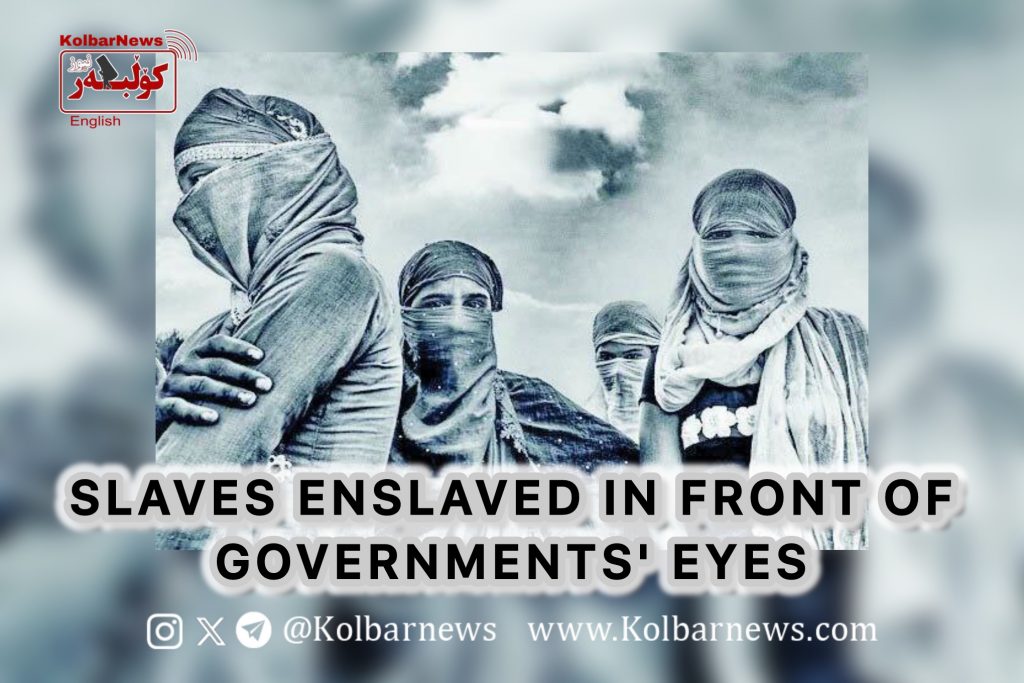
According to the United Nations calendar, July 30 is “World Day Against Human Trafficking.” The UN established this day in 2013 to raise awareness about the tragedy of human trafficking and to combat it. According to the organization’s annual report, more than two-thirds of human trafficking victims are children. The UN Secretary-General admitted that the number of human trafficking victims tripled between 2016 and 2020. According to the International Labour Organization, there are over 40 million human trafficking victims worldwide. This organization reports that nearly every country in the world is involved in human trafficking. For example, more than 17,500 people fall victim to human trafficking annually in the United States.
Various complex reasons have been cited for the increase in human trafficking. According to last year’s report by the UN Secretary-General, conflicts, forced displacement, climate change, inequality, and poverty have left tens of millions of people worldwide impoverished, isolated, and vulnerable. Among the various factors that make victims prey for traffickers, the increase in poverty, inequality, and displacement caused by war plays a significant role. However, the massive and easy profitability in this field incentivizes those in power and wealth, who are the primary perpetrators of this great calamity. Researchers estimate that human trafficking has become a business generating $150 billion in profit annually.
Human traffickers have greatly benefited from technology to contact and deceive victims alongside traditional methods. They especially collect information from women, children, and vulnerable individuals in a skilled and planned manner, often using social networks. In developed countries, human traffickers lure victims with promises of jobs and easy legal residency permits, only to force most of them into sex-related businesses. However, the most inhumane form of human trafficking, particularly child trafficking for the use of their organs, is especially egregious. These victims do not even get a chance at a life of servitude. In developed countries, the main traffickers are among private sector capitalists, but in countries like Iran under the rule of the Islamic Republic, the major traffickers are nestled among those in power.
The Islamic Republic not only fails to provide accurate statistics on the fight against human trafficking and the number of its victims but also conceals related information. This is because the police, the Revolutionary Guard, and generally the authorities are either directly among the beneficiaries of trafficking, especially girls to Gulf countries, or are the godfathers of traffickers and facilitators of their inhumane activities. Only by examining crime pages in newspapers can one find clues about how this crime occurs and who its victims are in Iran.
These slaves are not hidden away; they are enslaved in plain sight of governments. The laws of countries and international treaties are not sufficient to halt or even curb this phenomenon. The hunting of young girls from underdeveloped capitalist countries and turning them into sex workers has become one of the most profitable trades in the world. Girls and women are hunted by mafia gangs in Asian countries using various methods, their identification papers are forcibly taken from them, and they are transported to Western Europe. After being forcibly raped, they are enslaved in special centers for sexual exploitation. There, all escape routes are closed to them, forcing them into a miserable life. Human trafficking networks in Iran, alongside Iranian girls, also prey on Afghan refugee girls in Iran and traffic them to other countries, especially the Gulf states.
In Iran, under the Islamic regime, thousands of children disappear annually. Many of them, especially Afghans living illegally in Iran, do not even dare to approach the police to find their children. These children are used for drug trafficking, sexual exploitation, and other purposes. Human trafficking for the purpose of buying and selling organs, and recruitment in local wars by armed groups, which is particularly prevalent in Africa, are other examples of “modern slavery.” These slaves are obtained more easily and cheaply than during the era of traditional slavery.
If we accept that poverty-inducing elements such as unemployment, low wages, deprivation of social services, high costs, war, and environmental disasters are the main factors in the existence and survival of human trafficking, then all these factors are rooted in the capitalist system, especially in underdeveloped capitalist countries.

